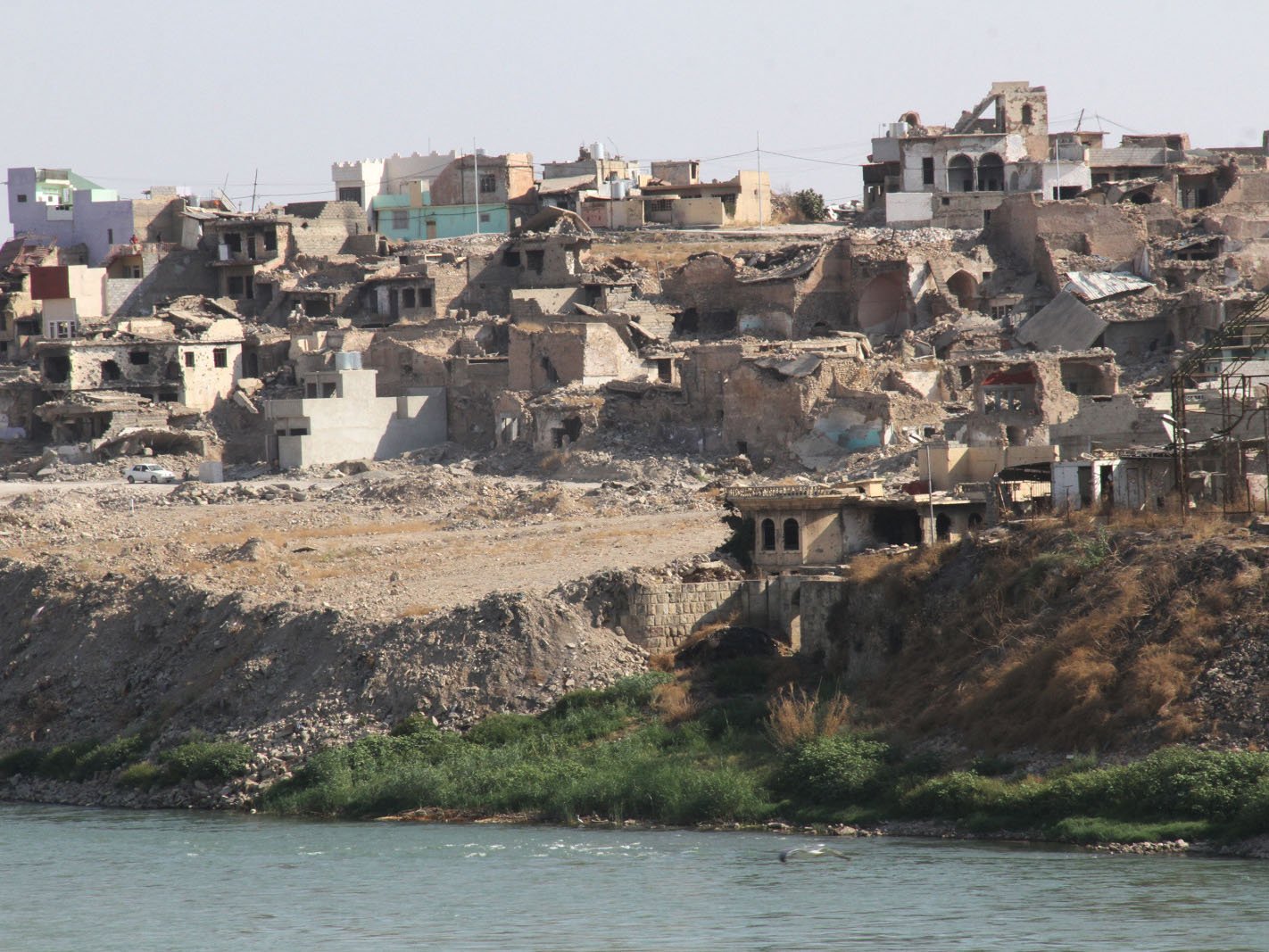Interview with Laurie Druelle, Head of Partnerships for Armed Violence Reduction
Laurie Druelle is in charge of partnerships for Armed Violence Reduction. Having joined HI in March 2019, Laurie has since supervised risk education activities in the Middle East and Southeast Asia. Fresh back from Iraq, we asked her a few questions.

Laurie Druelle back from Mosul destroyed by bombs | (c) HI
What is your role at HI?
I started as a Mine and Explosive Device Risk Education Specialist for the Middle East and Southeast Asia regions but am currently in transition to a new position on my Armed Violence Reduction team.
My new objective is to develop new projects and partnerships, both local and international, so that HI can continue to ensure that fewer and fewer people suffer the consequences of explosive remnants of war and armed violence in general.
You just came back from a mission in Iraq, what did you do in the country?
I went to Iraq this summer to evaluate our various Risk Education activities. Several decades of armed conflict have left many explosive remnants such as landmines, grenades or shells. With HI, we want to ensure that people are aware of the risks associated with these objects and inform them of what they can do in their presence. The objective is to ensure that young children or any other person do not injure themselves or lose their lives in contact with these dangerous explosives. We visit refugee camps, villages, schools and community places to get our message across. With children, we even use colouring books!
In Iraq, the risk education project is supported by Global Affairs Canada.

Buildings destroyed in the old town of West Mosul. © Waleed Khaled / HI
Can you explain how the risk education sessions work?
We bring a large board with different images and messages and, at the end of the sessions, we distribute brochures specially created to correspond to our audience (e.g. drawings for children and technical information for adults). Participants are explained what explosive devices are, how to recognize them and what signs may indicate their presence. We explain what to do in the event of an accident and also how to report the presence of dangerous objects to local authorities or mine clearance organisations.
It is absolutely crucial to understand how mines, war remnants and improvised explosive devices can affect people in very different ways depending on their gender or age. We cannot give the same advice to young boys who are watching their herds in the mountains as we can to mothers who have very different social responsibilities and therefore do not necessarily go through the same places or encounter the same types of contamination as these young men on a daily basis. Depending on local norms and cultures, the different groups are relied upon to gather additional information. It is important to understand that, depending on people's age and gender, they will be affected differently by this contamination.
Who are the most at risk?
Overall, men and boys constitute the vast majority of direct mine victims (86% when gender is known). Children are also at disproportionate risk compared to adults, accounting for 42% of all civilian casualties of known age, the vast majority again being boys. It is easy to imagine that women are just as affected: whether by the economic burden or by the psychosocial stress of having to financially support injured husbands or children and ensure that the household survives such a shock, in a socio-economic environment that is often difficult.
It is for these reasons HI implements various gender-sensitive measures in its intervention, ensuring that HI teams are gender balanced to meet the specific needs of the target population.





